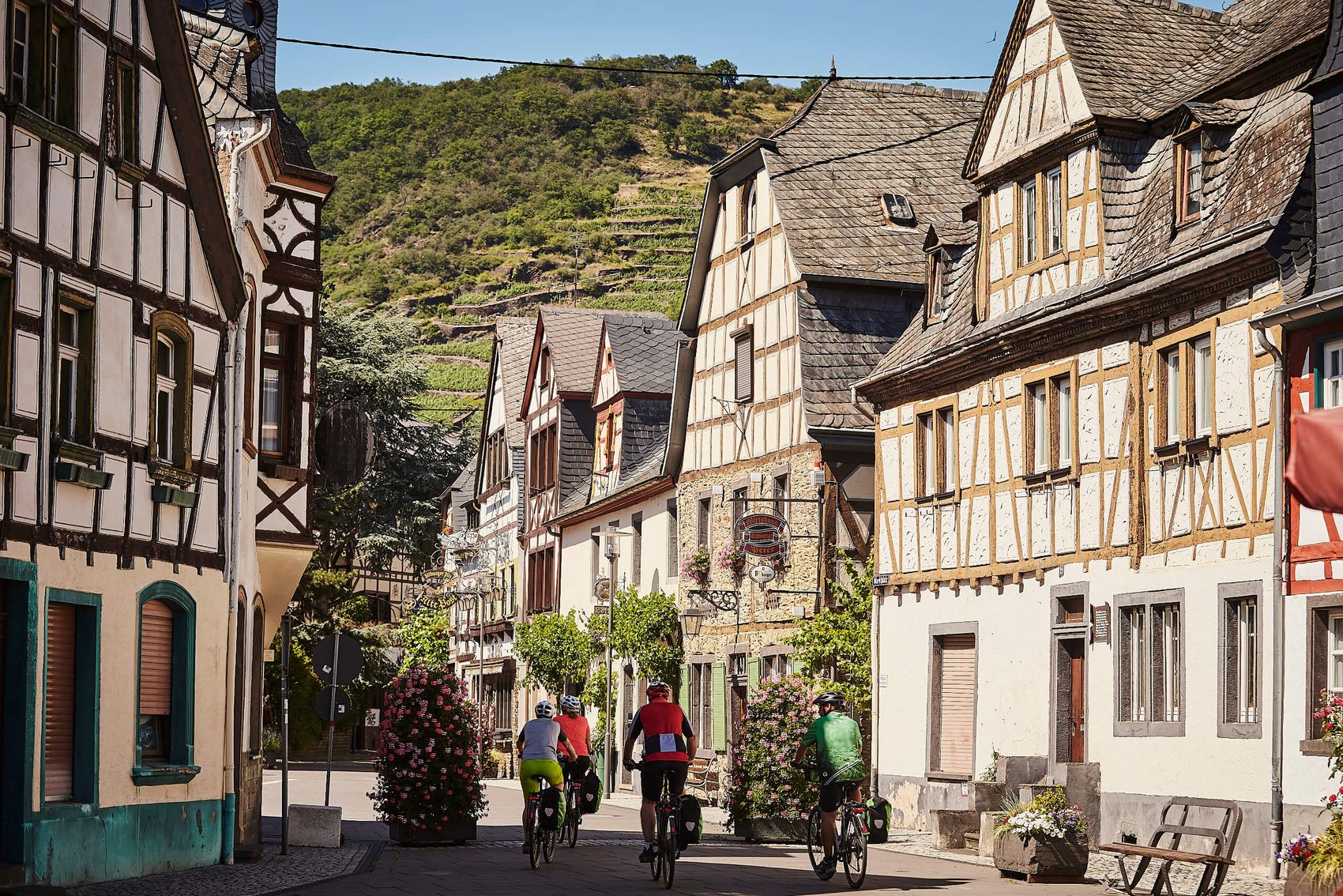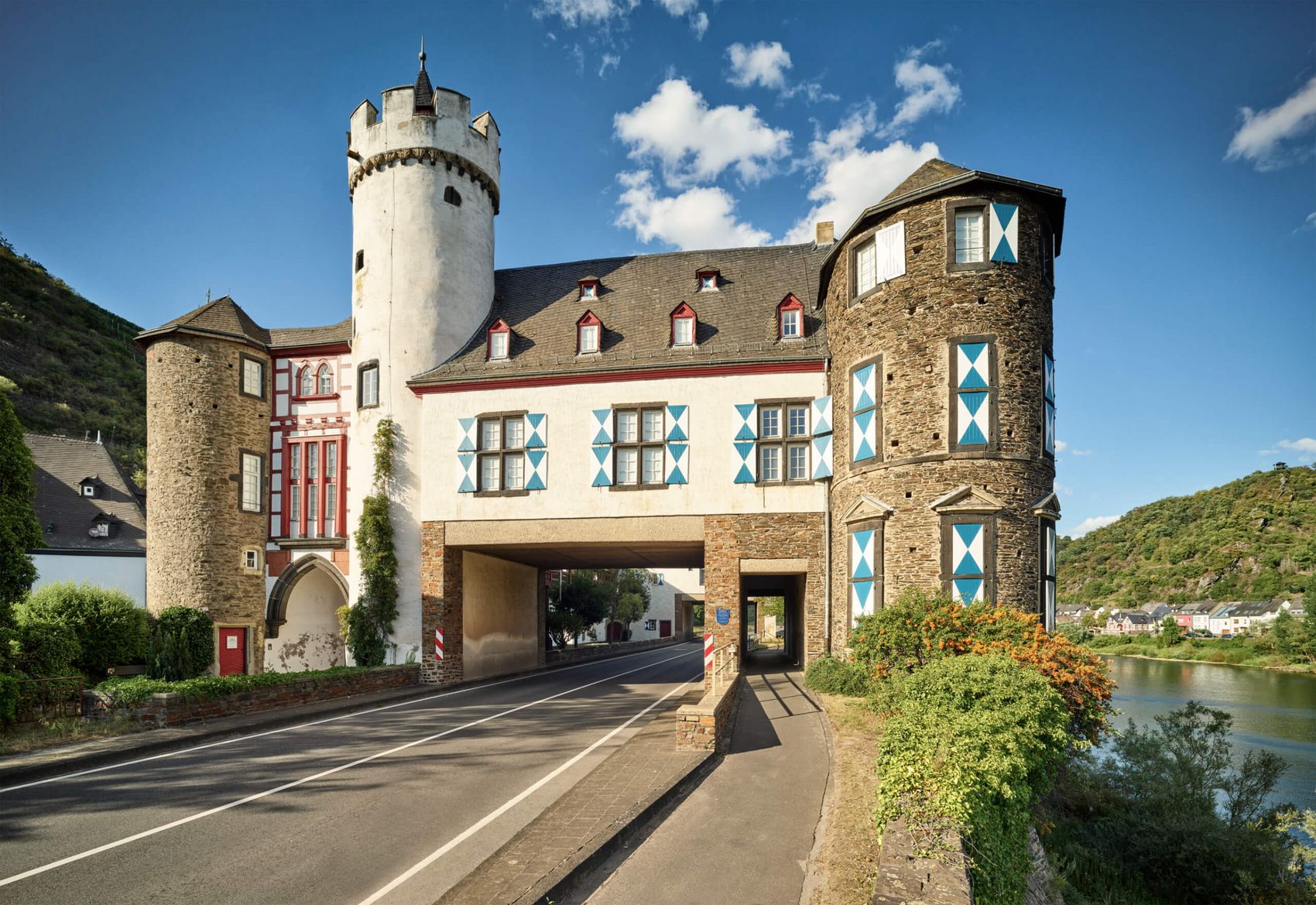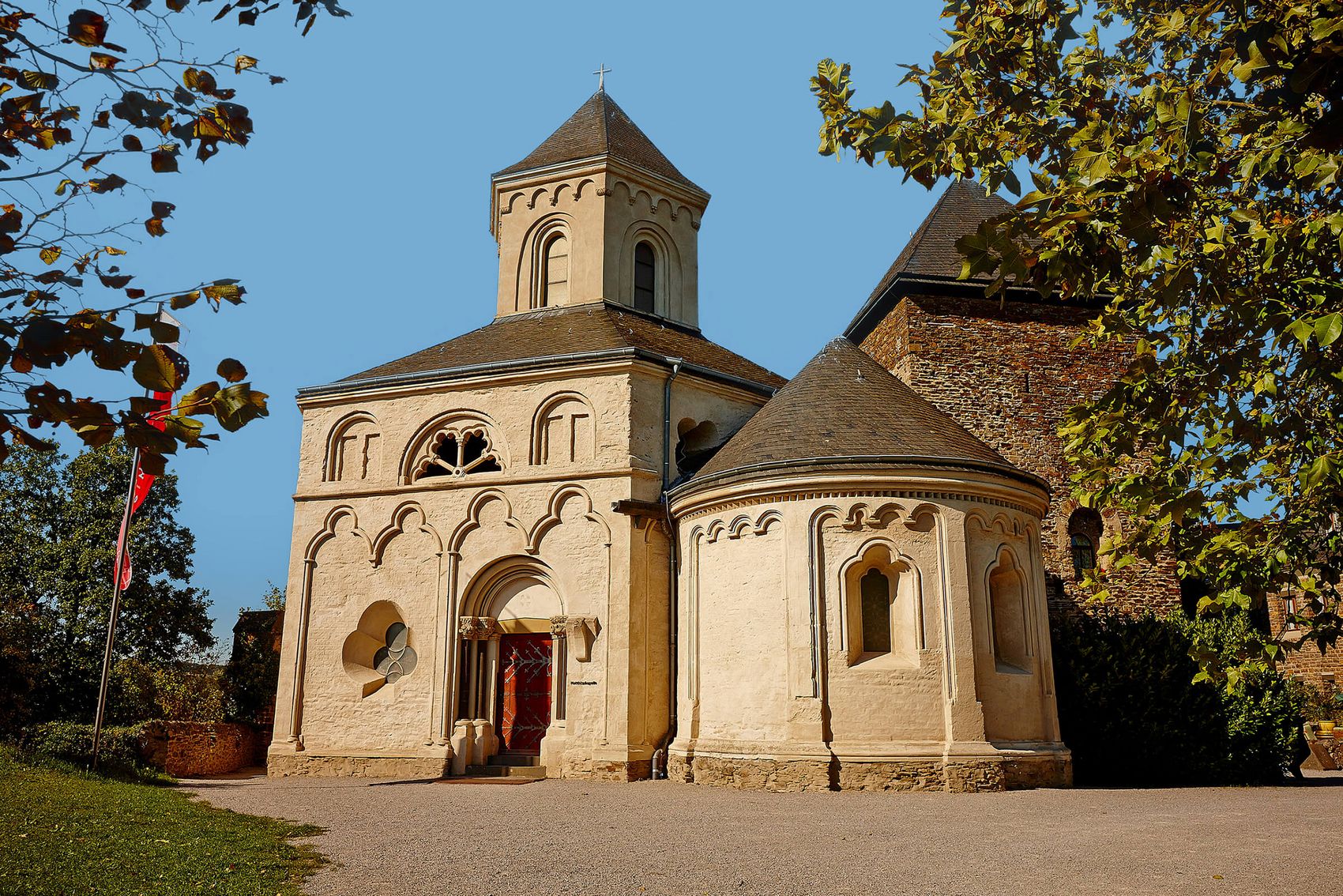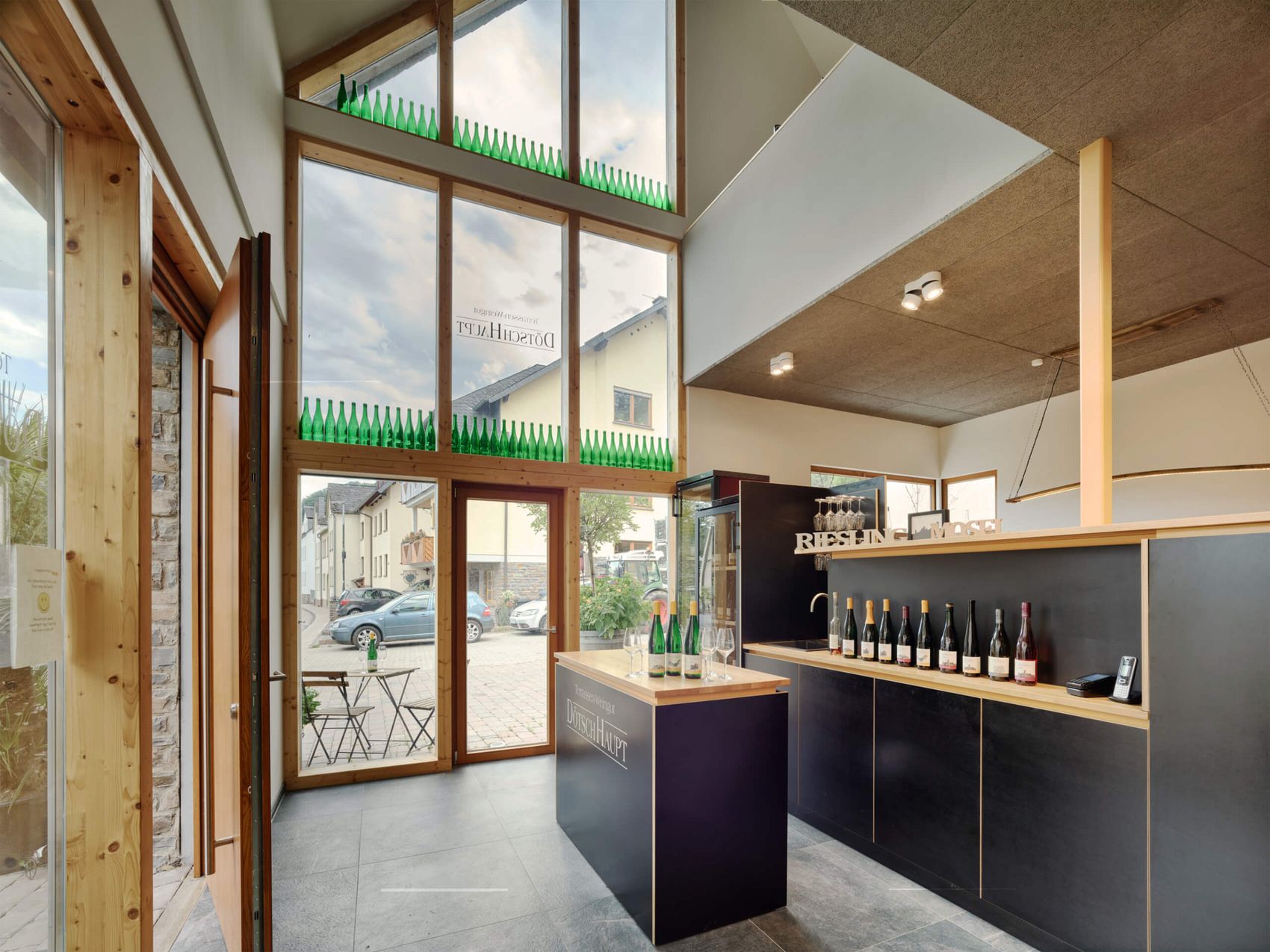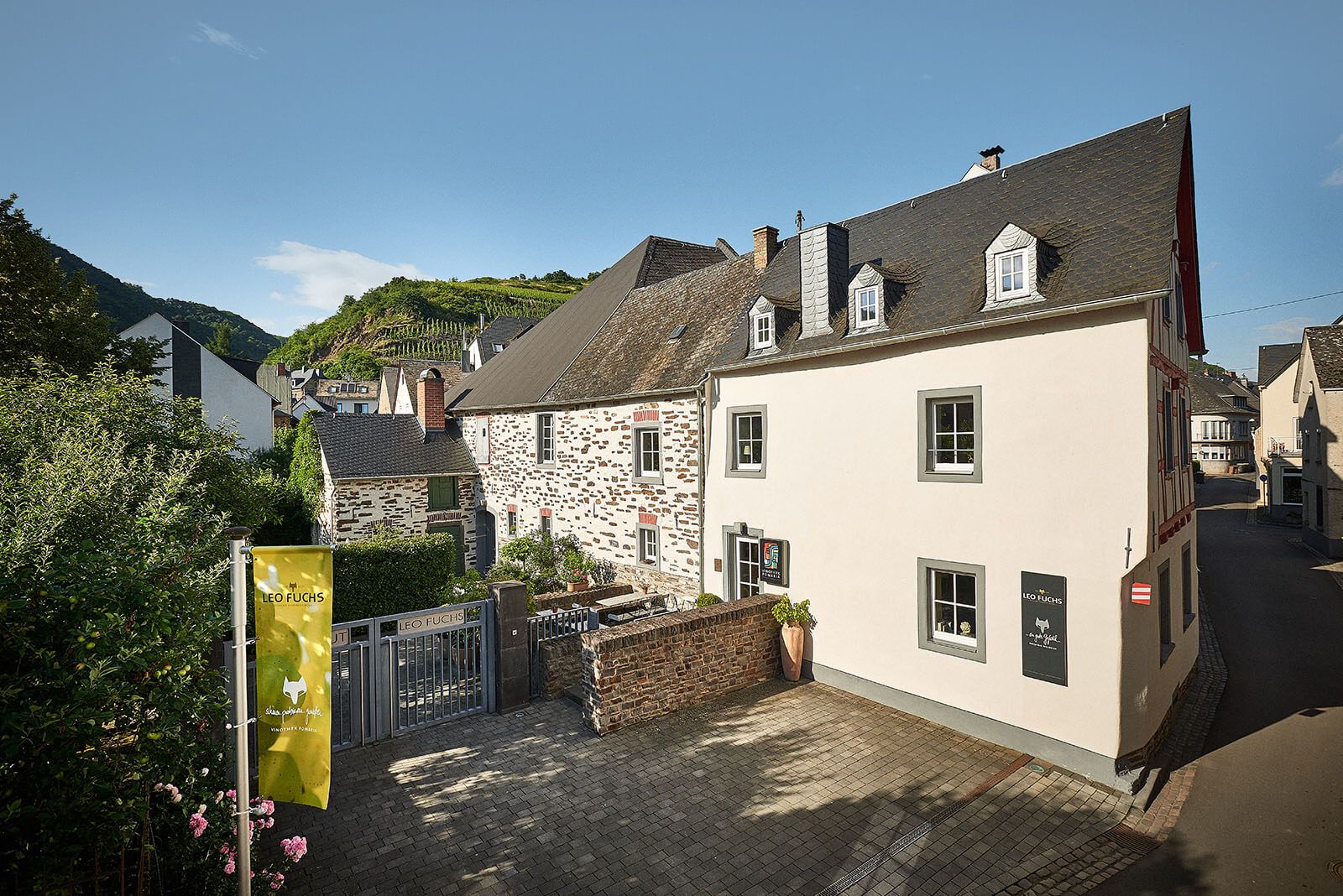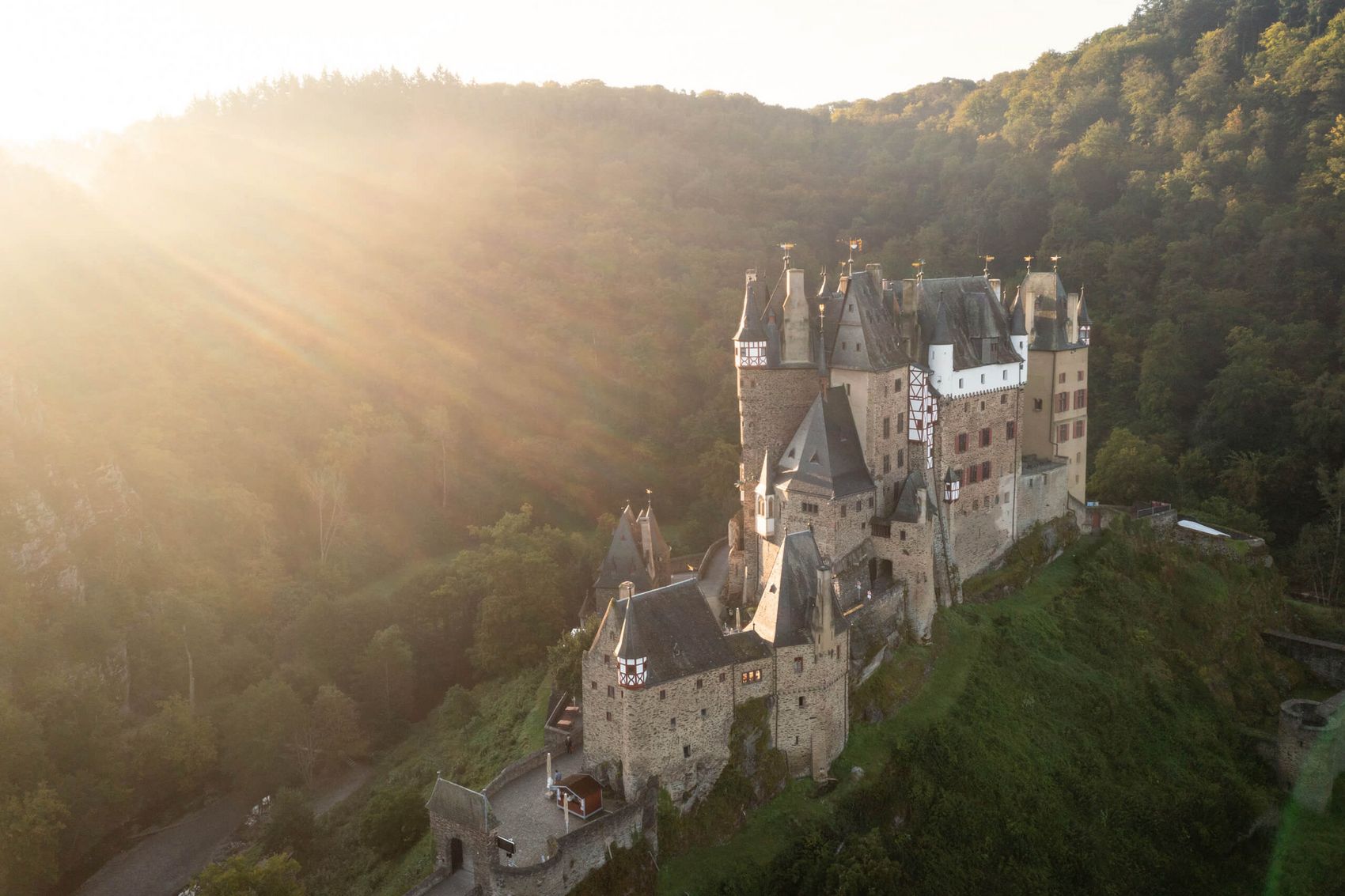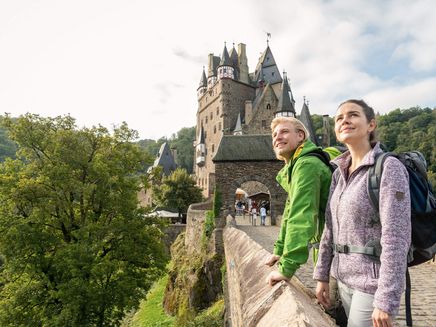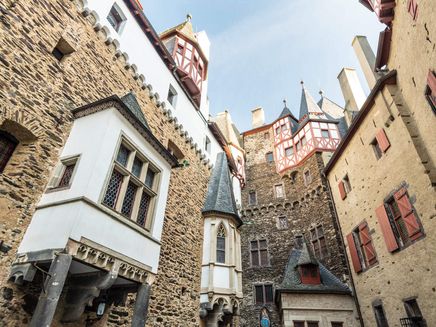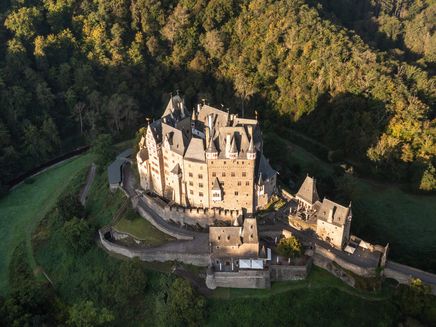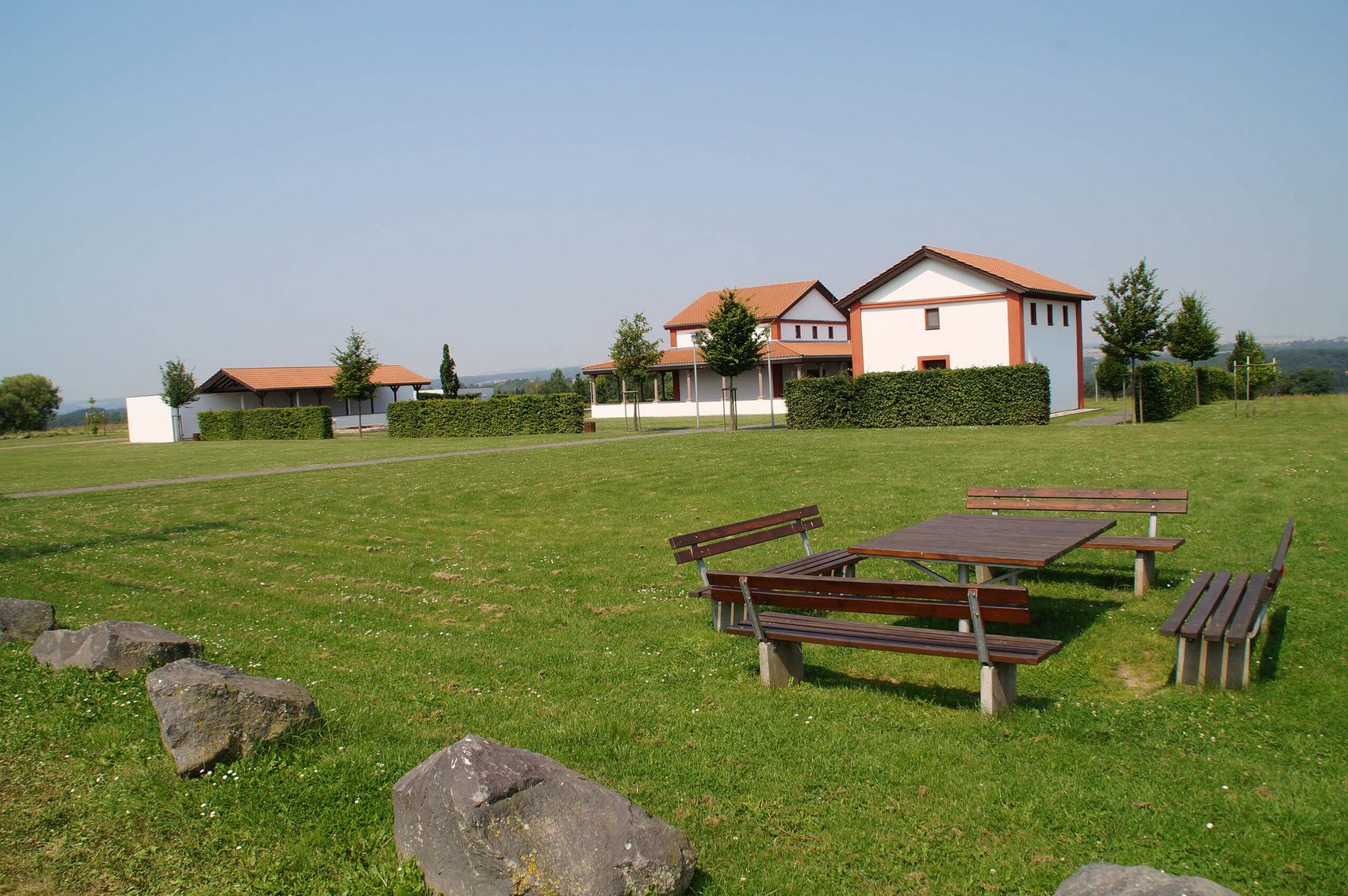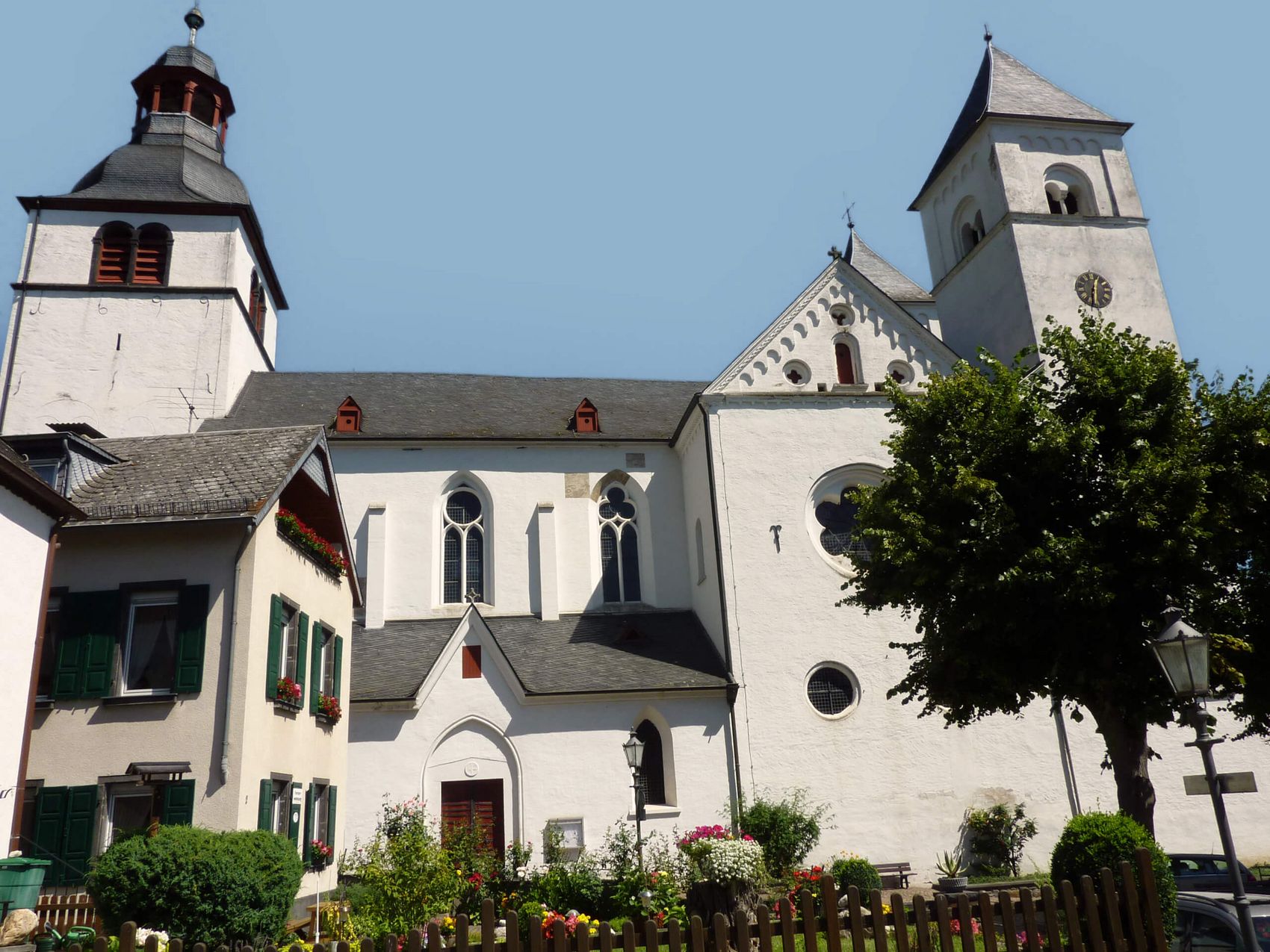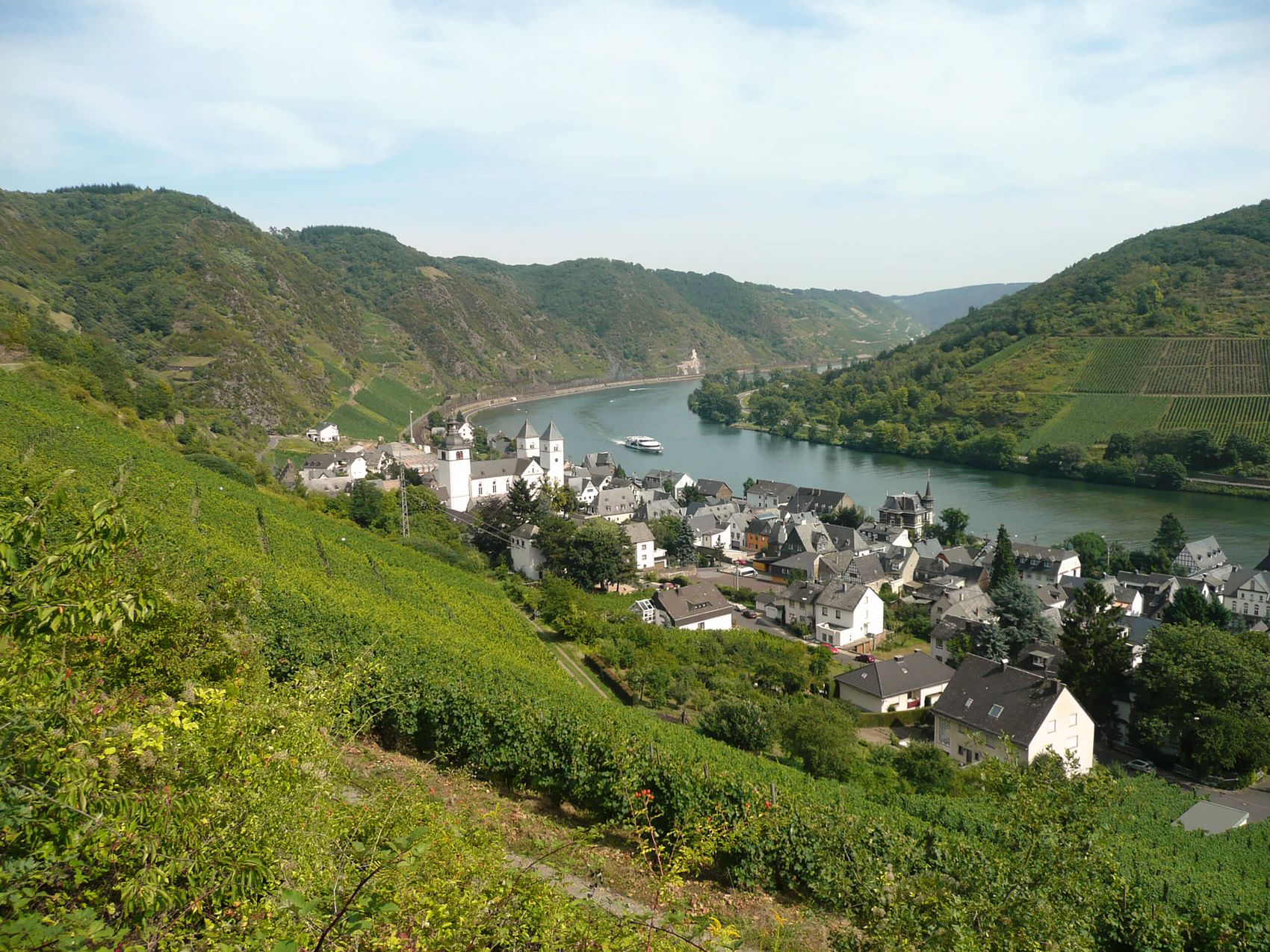Ancient cultural heritage with so much to see
Lower Mosel or Terrace Mosel are the names used to describe the last third of the river valley before Koblenz, where the Mosel flows into the Rhine. The valley here is carved noticeably deeper than along the rest of the river. Slopes are often so steep that the vines can only grow on narrow terraces secured by dry stone walls. Hence the name. Impressive cultural sights await discovery in this ancient cultural landscape. And it goes without saying that you absolutely have to taste the wines that grow here on these steep slopes!
